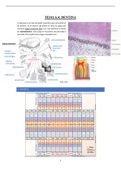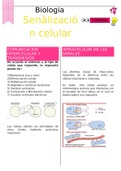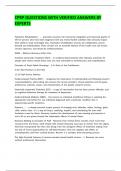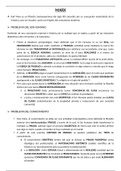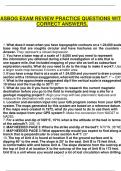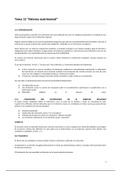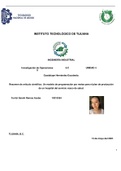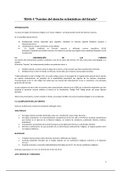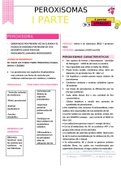TEMA 6.4: DENTINA
La dentina es un tipo de tejido conectivo que se localiza en
los dientes. En el interior del diente se ubica la pulpa que
contiene tejido conectivo laxo y en cuya periferia se sitúan
los odontoblastos. Esta pulpa se encuentra vascularizada e
inervada. Este tejido tiene origen mesodérmico.
1. DIENTES
1
, En el diente se encuentran 3 ME especiales:
• Esmalte: parte superior. Sintetizado por los ameloblastos y conforma la
sustancia más dura en los mamíferos.
• Dentina: entre la pulpa y el esmalte. ME sintetizada por los
odontoblastos.
• Cemento: entre la encía y el diente. Sintetizado por los cementoblastos.
Tiene una estructura parecida a la del hueso, razón por la que cual a los
cementoblastos se les denomina osteoblastos.
Las imágenes de arriba constituyen cortes histológicos de dientes de leche. Estos son también conocidos
como dientes primarios o dientes temporales, y conforman el primer juego de dientes que se empieza a
formar dentro del vientre materno de muchos mamíferos. Estos, sin embargo, sólo se hacen visibles en la
boca durante la infancia por un proceso conocido como erupción dentaria. Posteriormente, son
sustituidos tras su caída por dientes permanentes.
Bajo los ameloblastos y odontoblastos suele haber una lámina basal, pero sintetizan mucha ME. Cuando
los embriones producen los dientes, hay ciertas células que se diferencian, y queda una fila de
ameloblastos por encima de una fila de odontoblastos. Los odontoblastos empiezan a sintetizar dentina,
y los ameloblastos, esmalte. Estos dos tipos celulares, ameloblastos y odontoblastos, son cilíndricos.
2. DENTINA
- Está posicionada entre el esmalte y el cemento y rodea la pulpa por el interior.
- Es el tejido más abundante en el diente.
- Es elástico, duro y permeable.
- Es un tejido que se encuentra mineralizado siendo más duro que el hueso.
2.1. ME
• El 70% de la ME es inorgánica formada principalmente por sales de calcio.
• Otros componentes que forman la ME son:
o Colágeno de tipo I.
o GAGA.
2
La dentina es un tipo de tejido conectivo que se localiza en
los dientes. En el interior del diente se ubica la pulpa que
contiene tejido conectivo laxo y en cuya periferia se sitúan
los odontoblastos. Esta pulpa se encuentra vascularizada e
inervada. Este tejido tiene origen mesodérmico.
1. DIENTES
1
, En el diente se encuentran 3 ME especiales:
• Esmalte: parte superior. Sintetizado por los ameloblastos y conforma la
sustancia más dura en los mamíferos.
• Dentina: entre la pulpa y el esmalte. ME sintetizada por los
odontoblastos.
• Cemento: entre la encía y el diente. Sintetizado por los cementoblastos.
Tiene una estructura parecida a la del hueso, razón por la que cual a los
cementoblastos se les denomina osteoblastos.
Las imágenes de arriba constituyen cortes histológicos de dientes de leche. Estos son también conocidos
como dientes primarios o dientes temporales, y conforman el primer juego de dientes que se empieza a
formar dentro del vientre materno de muchos mamíferos. Estos, sin embargo, sólo se hacen visibles en la
boca durante la infancia por un proceso conocido como erupción dentaria. Posteriormente, son
sustituidos tras su caída por dientes permanentes.
Bajo los ameloblastos y odontoblastos suele haber una lámina basal, pero sintetizan mucha ME. Cuando
los embriones producen los dientes, hay ciertas células que se diferencian, y queda una fila de
ameloblastos por encima de una fila de odontoblastos. Los odontoblastos empiezan a sintetizar dentina,
y los ameloblastos, esmalte. Estos dos tipos celulares, ameloblastos y odontoblastos, son cilíndricos.
2. DENTINA
- Está posicionada entre el esmalte y el cemento y rodea la pulpa por el interior.
- Es el tejido más abundante en el diente.
- Es elástico, duro y permeable.
- Es un tejido que se encuentra mineralizado siendo más duro que el hueso.
2.1. ME
• El 70% de la ME es inorgánica formada principalmente por sales de calcio.
• Otros componentes que forman la ME son:
o Colágeno de tipo I.
o GAGA.
2

